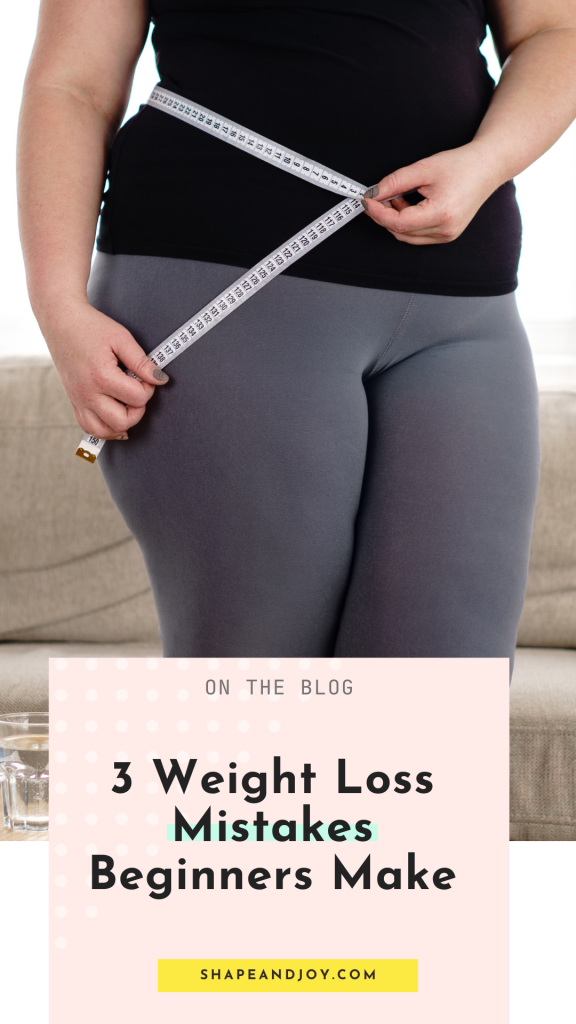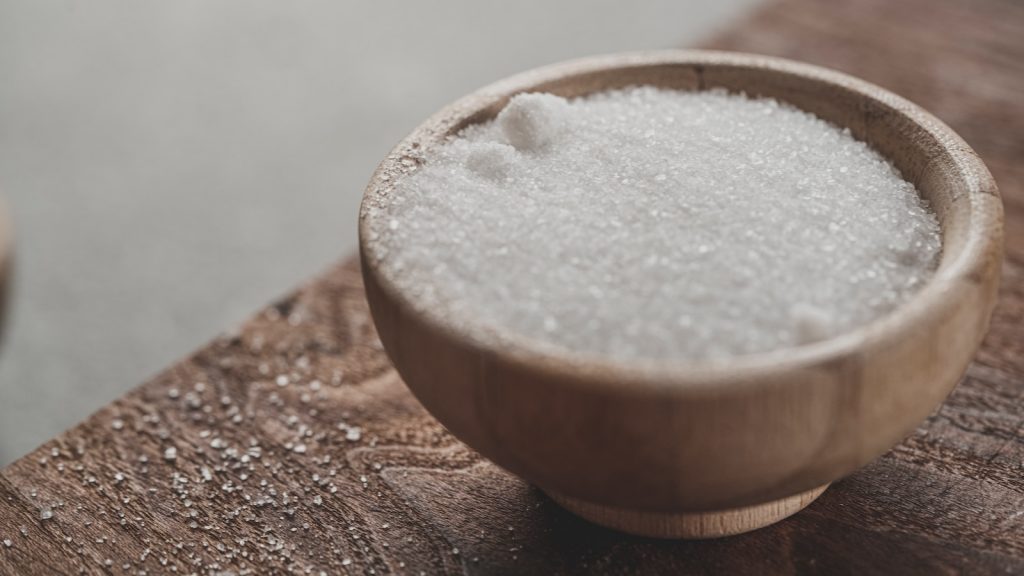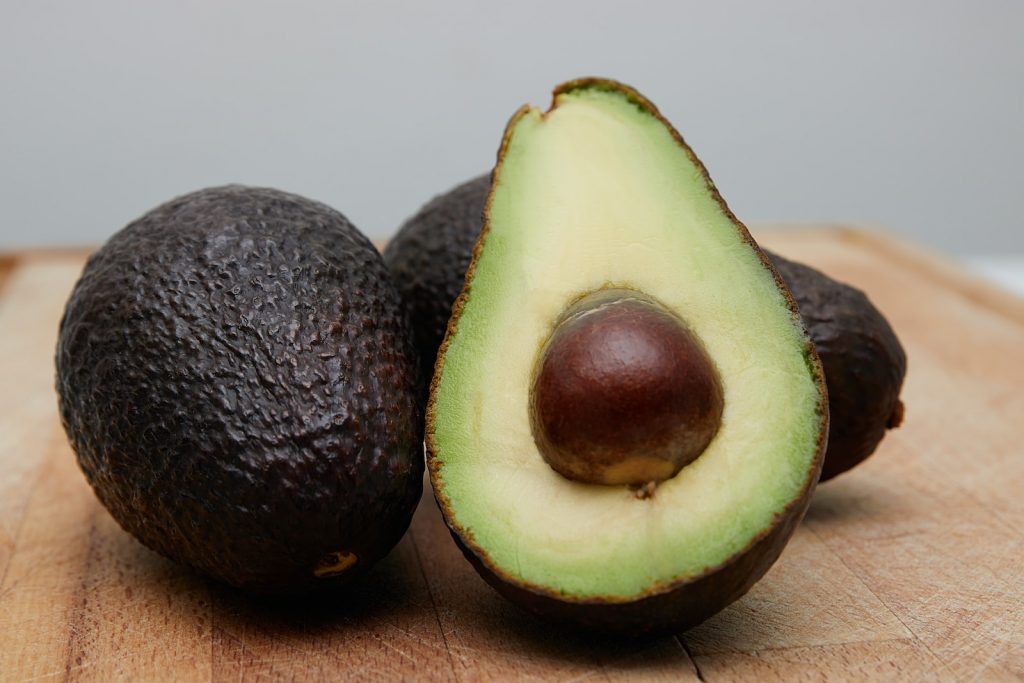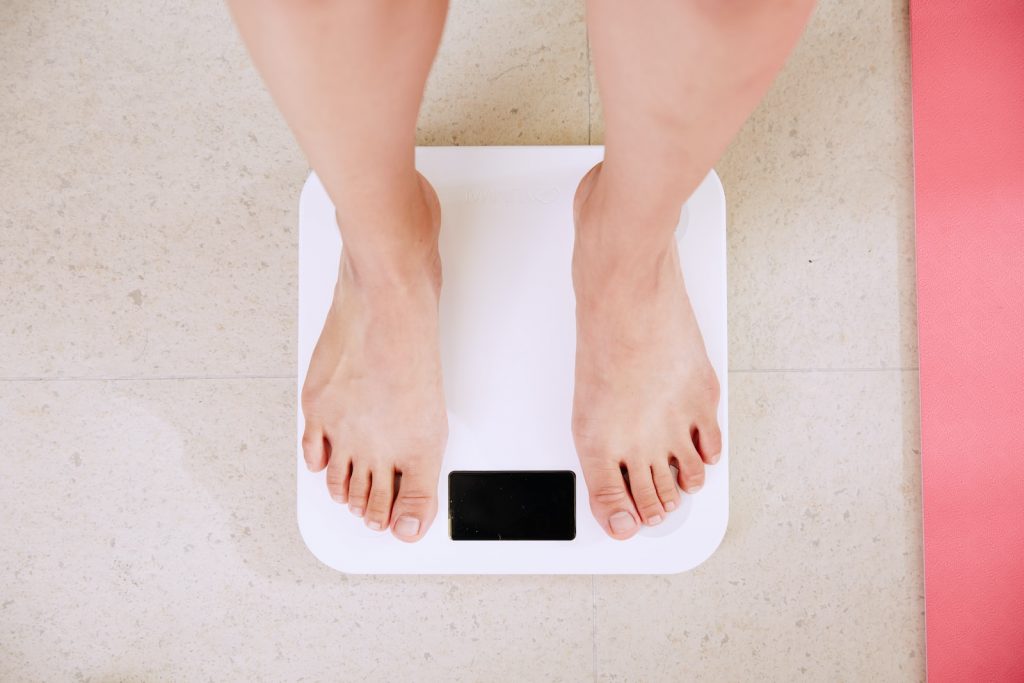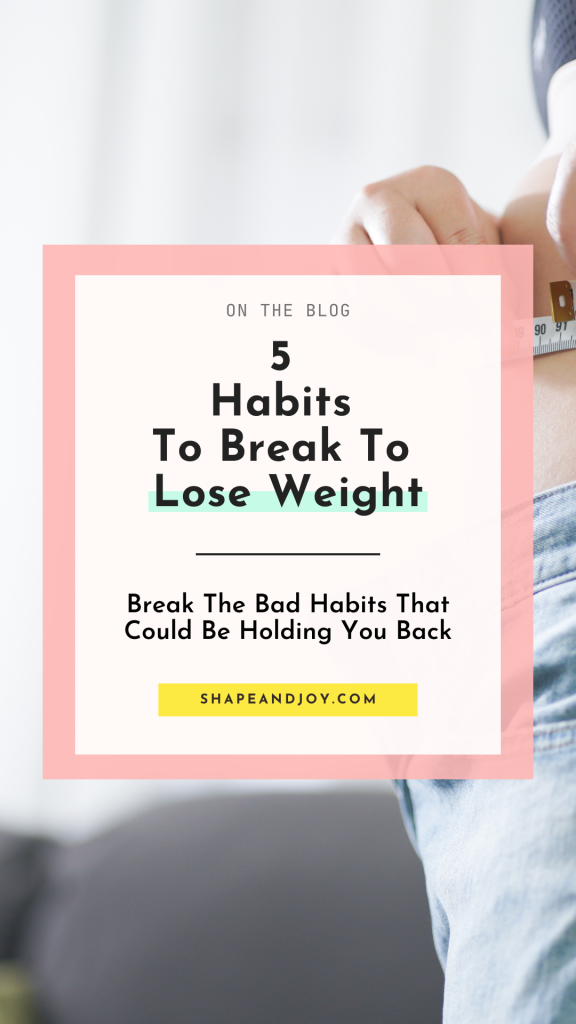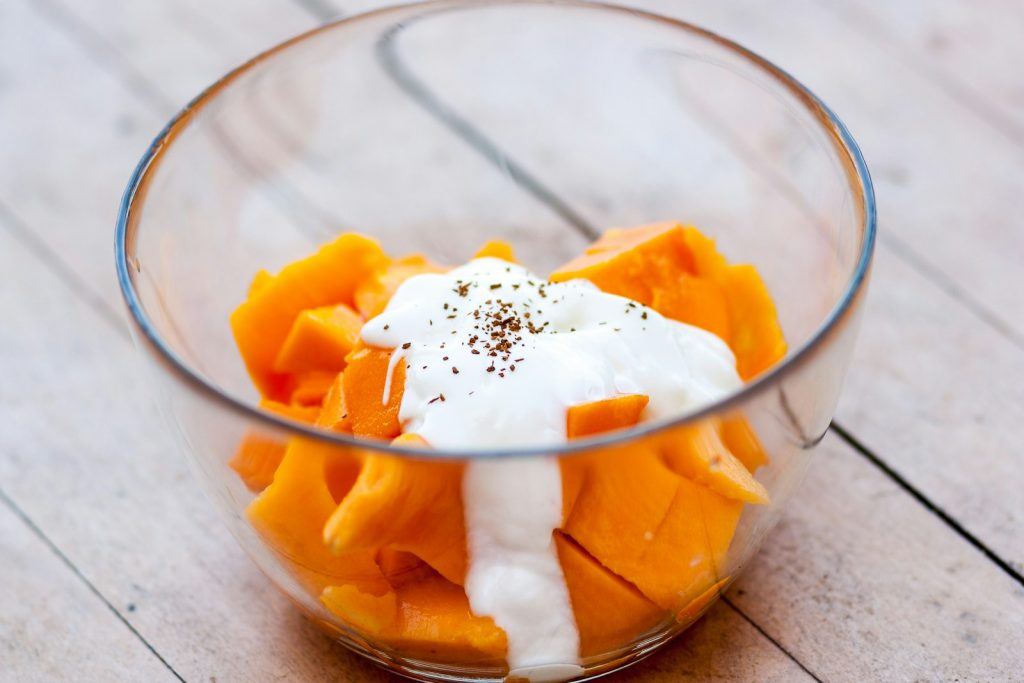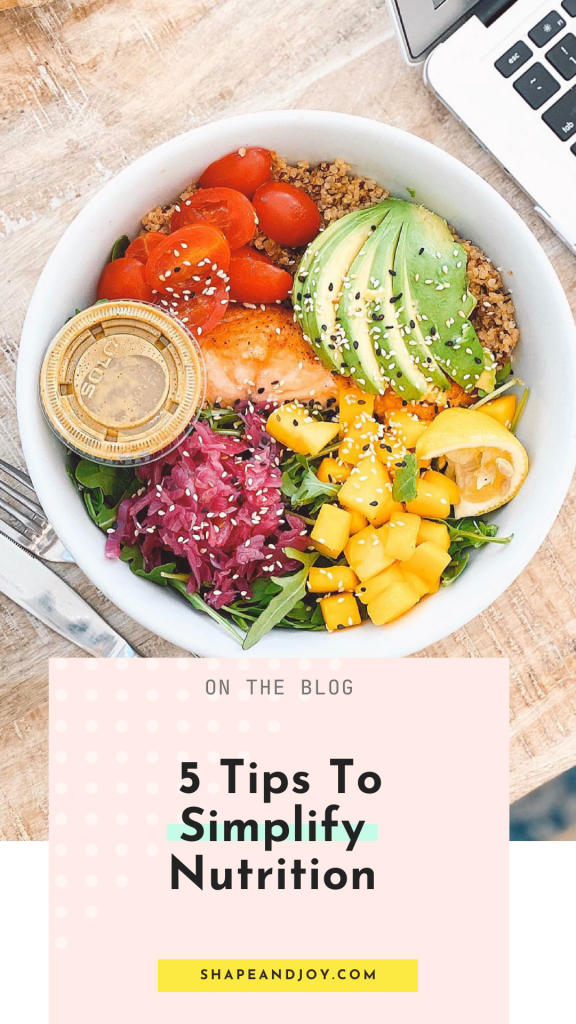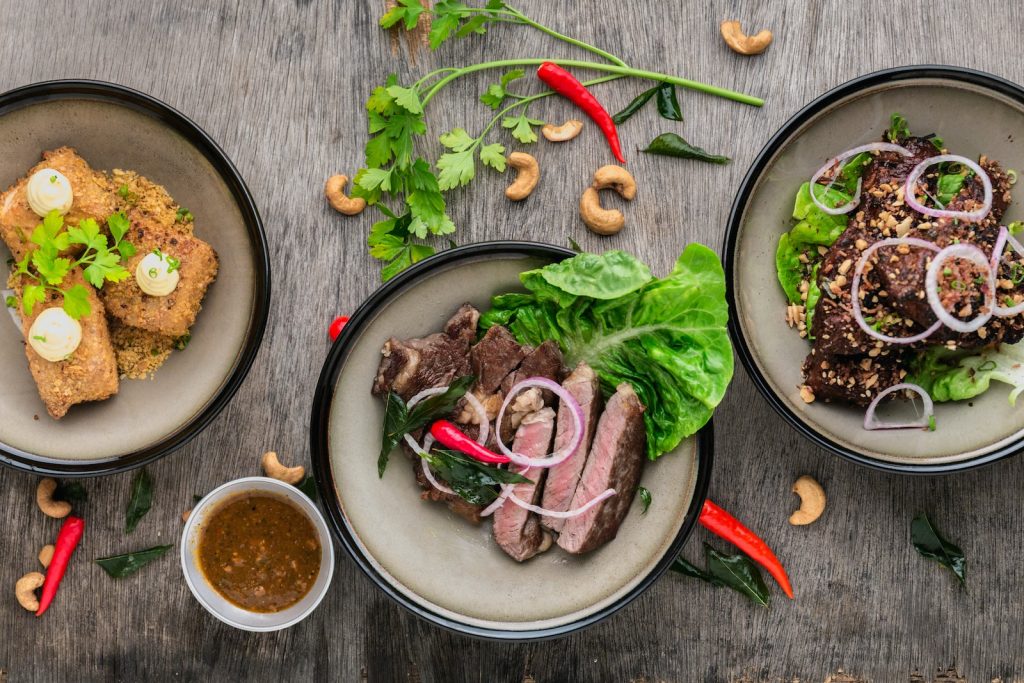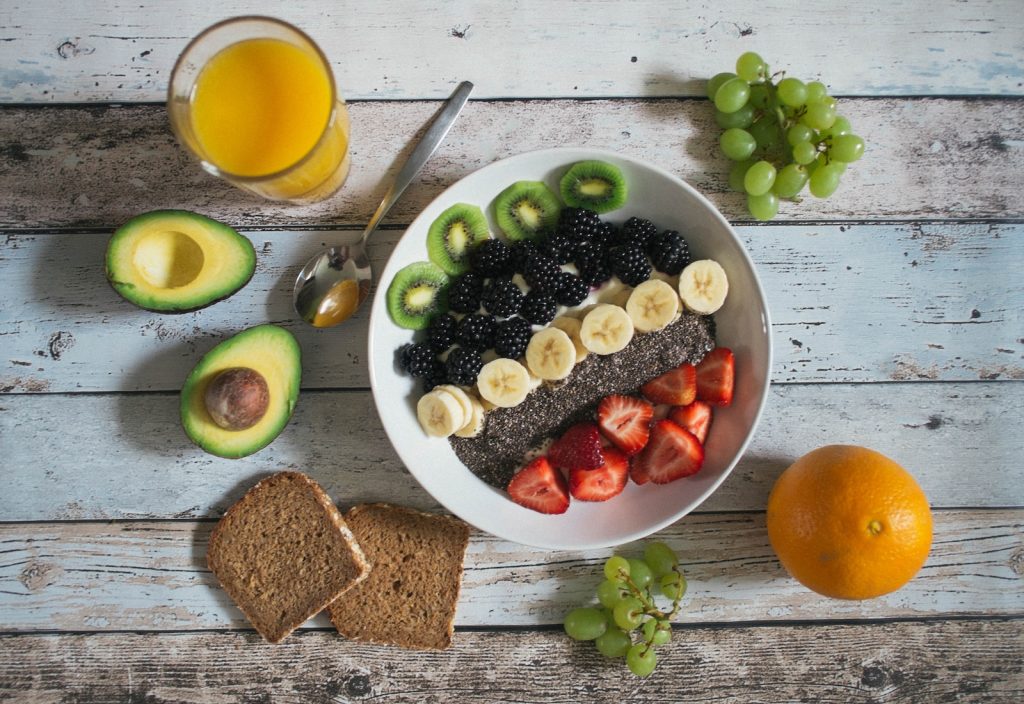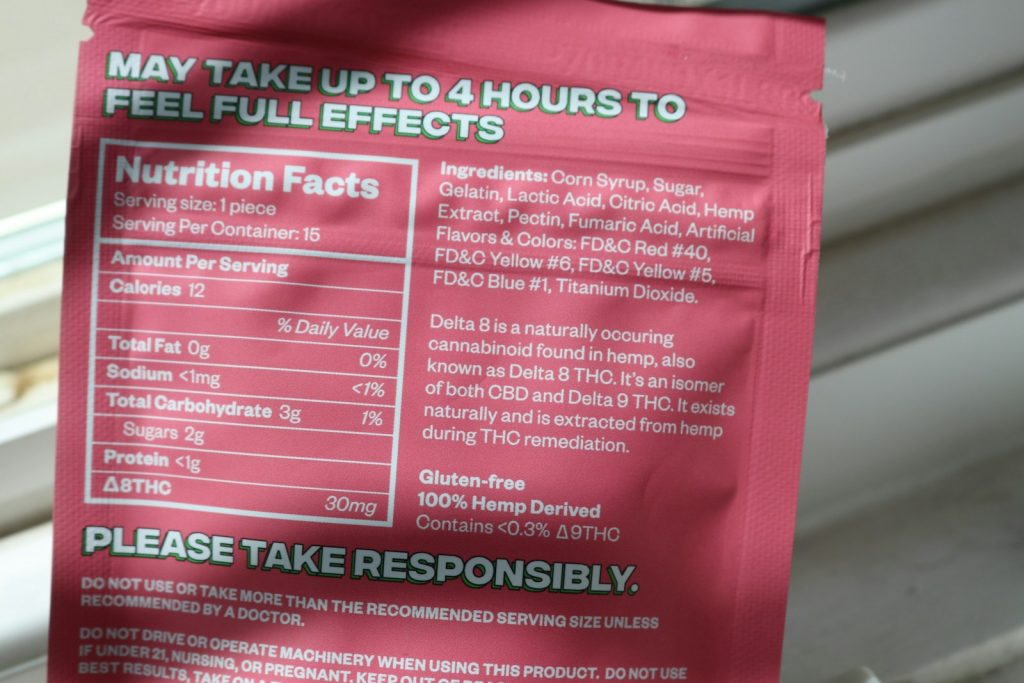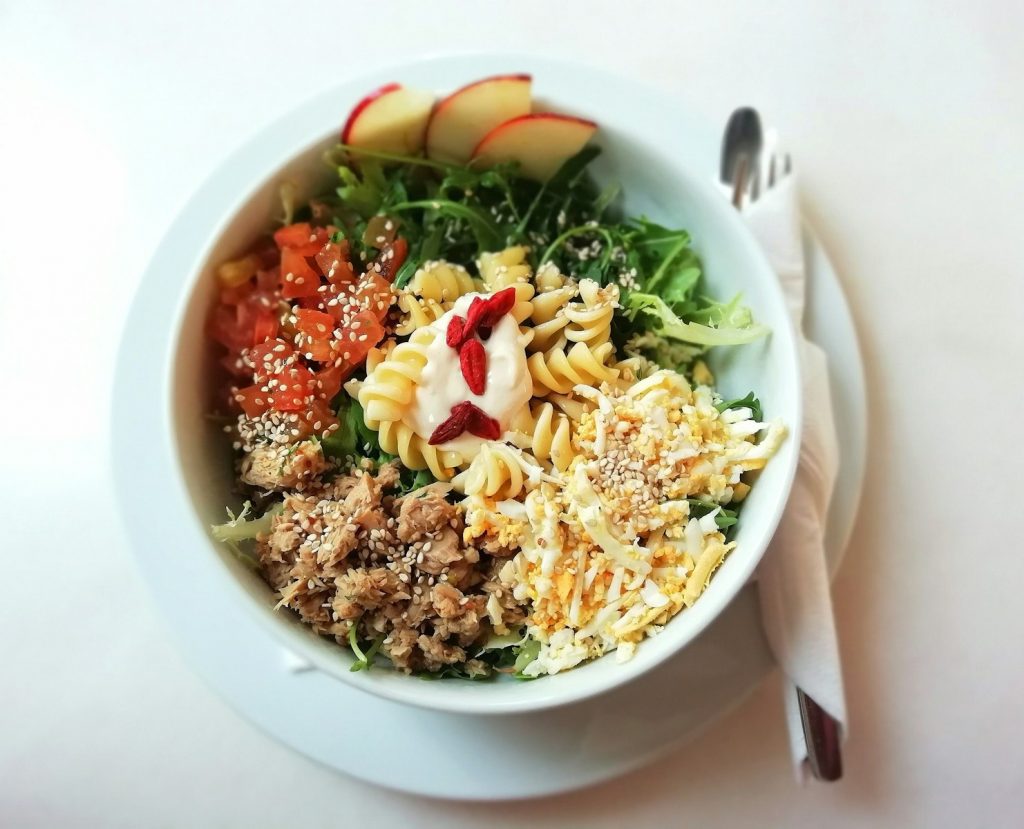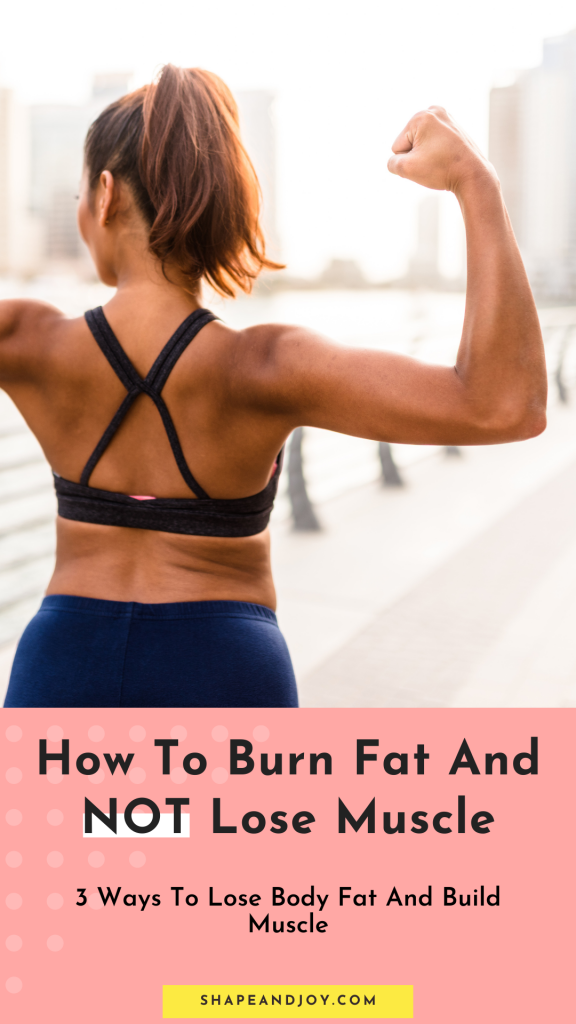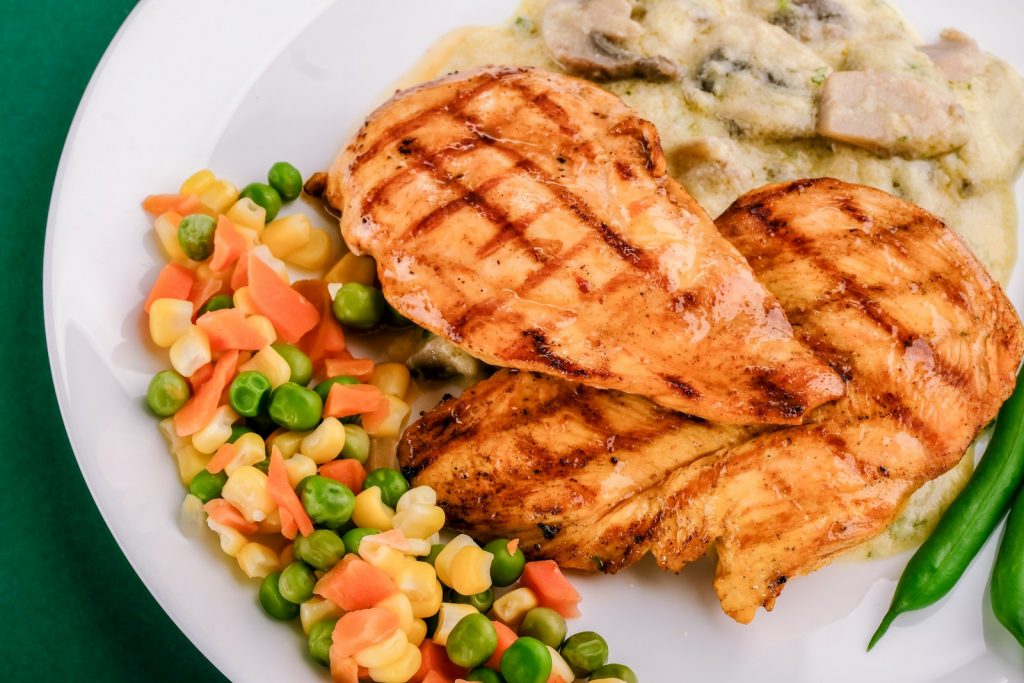Body Positive Weight Loss: Can You Lose Weight And Love Your Body?
Introduction
Do you feel like you have to choose between body positivity and losing weight? Can these seemingly conflicting paths be combined to create a body positive weight loss journey?
In recent years, the body-positive movement has gained a lot of momentum, challenging conventional beauty standards and promoting self-love and acceptance in all body shapes and sizes. Body positivity at its core is about embracing your body as it is. So, naturally, weight loss is usually discouraged within this movement. But it’s important to understand that the relationship between body positivity and weight loss is nuanced and evolving.
In this post, I want to talk about how you can pursue health and well-being in a way that aligns with self-love and body acceptance, challenging the notion that weight loss and body positivity are mutually exclusive.
LEARN MORE ABOUT MY WEIGHT LOSS JOURNEY! > How I Lost Over 80lbs: Tips For Starting A Weight Loss Journey

Address Body Image Issues
For a true body positive weight loss journey, it’s important to address and nurture a positive body image. A lot of people believe that losing weight will fix any issues with self-esteem, but the roots of body image issues usually run much deeper. Changing your appearance alone may not address any underlying insecurities you still have.
Weight loss alone does not make you happy!
So, before starting, and during your weight loss journey, focus on building a positive self-image. You can learn to appreciate your body while laying the groundwork for a healthier mindset that will stick around. Self-love can encourage you to adopt habits that genuinely care for your body, making the whole process more sustainable and, more importantly, enjoyable.
Weight loss doesn’t mean you have to hate your body. I’ve shared body-neutral affirmations that focus on function over appearance in Body-Neutral Affirmations.
Appreciate Your Body’s Abilities
Instead of fixating on how you look, appreciate what your body can do. Shifting our focus from appearance to functionality will no only help you appreciate your body more but also builds a healthier mindset.

Size doesn’t define your worth or capabilities.
When you shift your focus from the numbers on the scale to the tangible accomplishments your body can achieve, a huge shift in mindset can happen. Each fitness milestone, whether it’s running a little farther, lifting heavier weights, or mastering a new exercise, will become a testament to your strength and resilience.
Non-scale victories reinforce the idea that your body is capable and worthy of celebration, regardless of your size or shape. As you celebrate these achievements, you build a more positive connection with your body, building a sense of pride and appreciation for what you can do. This celebration of capability and progress plays a huge role in building a body-positive mindset, where self-love becomes a key part of your journey toward health and fitness.
If you’re working on a healthy relationship with food and body, remember that weight loss doesn’t have to mean punishing restrictions. In fact, you can pursue health goals while embracing body positivity and self-love. For a deeper look at balancing body positivity with sustainable choices, check out Victoria’s Secret vs. Reality: A Sustainable Meal Plan for Real Life. It’s all about finding joy and balance in the journey.
Ditch The All-or-Nothing Mindset
Perfectionism during a weight loss journey often leads to an all-or-nothing mindset that can be damaging to both physical and mental well-being. Setting unrealistic standards and expecting to stick to those standards flawlessly sets the stage for disappointment and frustration. Perfectionism tends to magnify setbacks, creating a cycle of negative self-talk and undermining progress you’ve made. Working towards a healthier lifestyle is inherently imperfect, and acknowledging this imperfection is an important step towards building a sustainable and positive approach to weight loss.
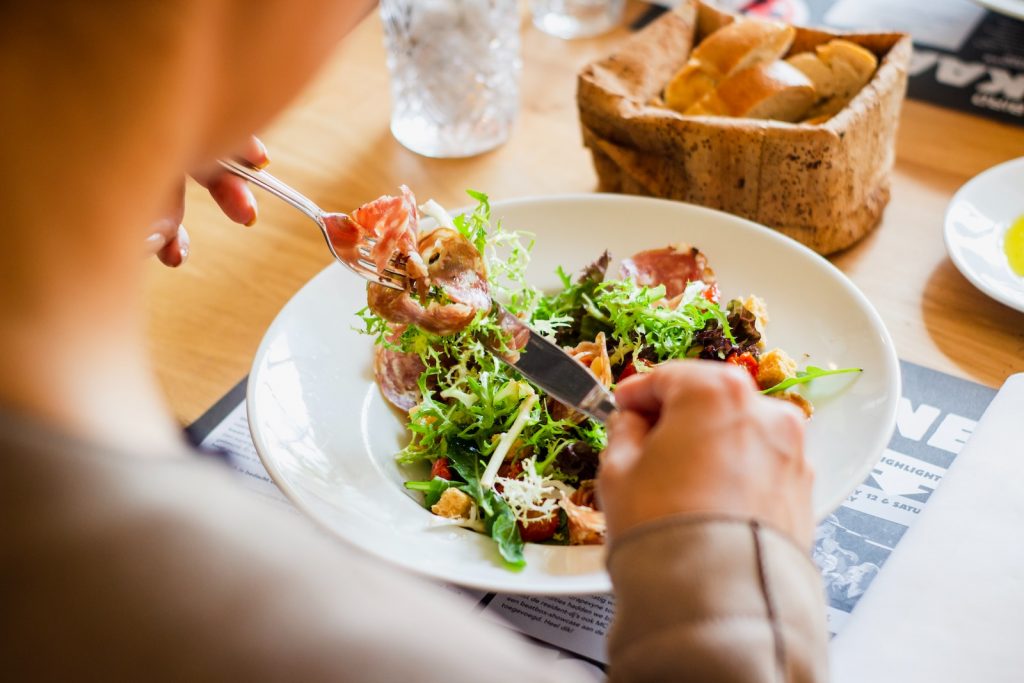
Finding a balance that accommodates your health goals alongside the joys and demands of daily life ensures a more realistic and sustainable approach to weight loss.
Setbacks are not roadblocks but are opportunities to learn. Instead of dwelling on “failures”, approach setbacks as lessons. Reflect on what led to the detour and use that insight to adjust your approach. This shift in perspective promotes a healthier relationship with the journey itself, emphasising progress over perfection.
There’s so much more to weight loss than the number on the scale. Learn about non-scale victories in my post on Non-Scale Victories.
POSTS YOU MAY BE INTERESTED IN:
Make Small, Sustainable Changes
A key to successful weight loss and body positivity is making small, sustainable changes to your lifestyle. People often try to make drastic changes all at once, which can be overwhelming and unsustainable. Instead, focus on making small changes to your diet and exercise routine that you can maintain over time.
Small changes act as building blocks for a foundation rooted in a healthier lifestyle. By consistently making positive choices, you lay the groundwork for sustainable habits that extend beyond weight loss goals.
This approach shifts your focus from temporary fixes to making a commitment to yourself and your wellbeing.
Whether it’s establishing regular exercise routines, practicing mindful eating habits, or prioritising good sleep, these all contribute to overall health and resilience. The goal is not just weight loss but the creation of a lifestyle that your supports physical and mental well-being in the long run.
POSTS YOU MAY BE INTERESTED IN:
Find Joy in the Journey, Not the Result
A sustainable weight loss journey is not just a means to an end but an ongoing process you should celebrate. Moving your focus from the end goal to appreciating the day-to-day journey is important for sustainable success.
It’s not just about getting to that perfect goal weight; it’s a whole journey deserving of a round of applause. Instead of obsessing over some distant finish line, celebrate every little step in the here and now.
Realise that the journey itself is a big deal – every choice, every workout, every healthy meal is a win.
Focusing on the small steps during the journey helps alleviate the pressure and perfectionism often associated with the pursuit of a specific end goal. By finding joy in the day-to-day process, you can appreciate the journey without the constant stress of meeting unrealistic expectations. This reduction in perfectionism is instrumental in promoting improved mental well-being and cultivating a healthier self-image.
This change in perspective hugely contributes to improved body image and body positivity, creating a foundation for a healthier and more sustainable approach to self-care and well-being.
If you’re struggling with body image while losing weight, you’re not alone. Use these Body Positivity Affirmations to help fix your mindset.
Body Positive Weight Loss: Conclusion
Finding a balance in both weight loss and body positivity can take some time. A lot of us have struggled with body image issues for a long time and that can take some work to undo. But rather than viewing body positivity and weight loss as conflicting paths, work on finding a balance. Ensure that your weight loss is not driven by societal pressures or unrealistic standards but rather by a genuine desire for overall well-being.
By finding a more balanced approach, you can have a body positive weight loss! You can navigate your journey with more resilience, maintaining a positive relationship with your body while working towards realistic and sustainable health goals.
Have you found this post helpful? Do you agree or disagree that body positivity can be practiced along with weight loss? Let me know in the comments below!

